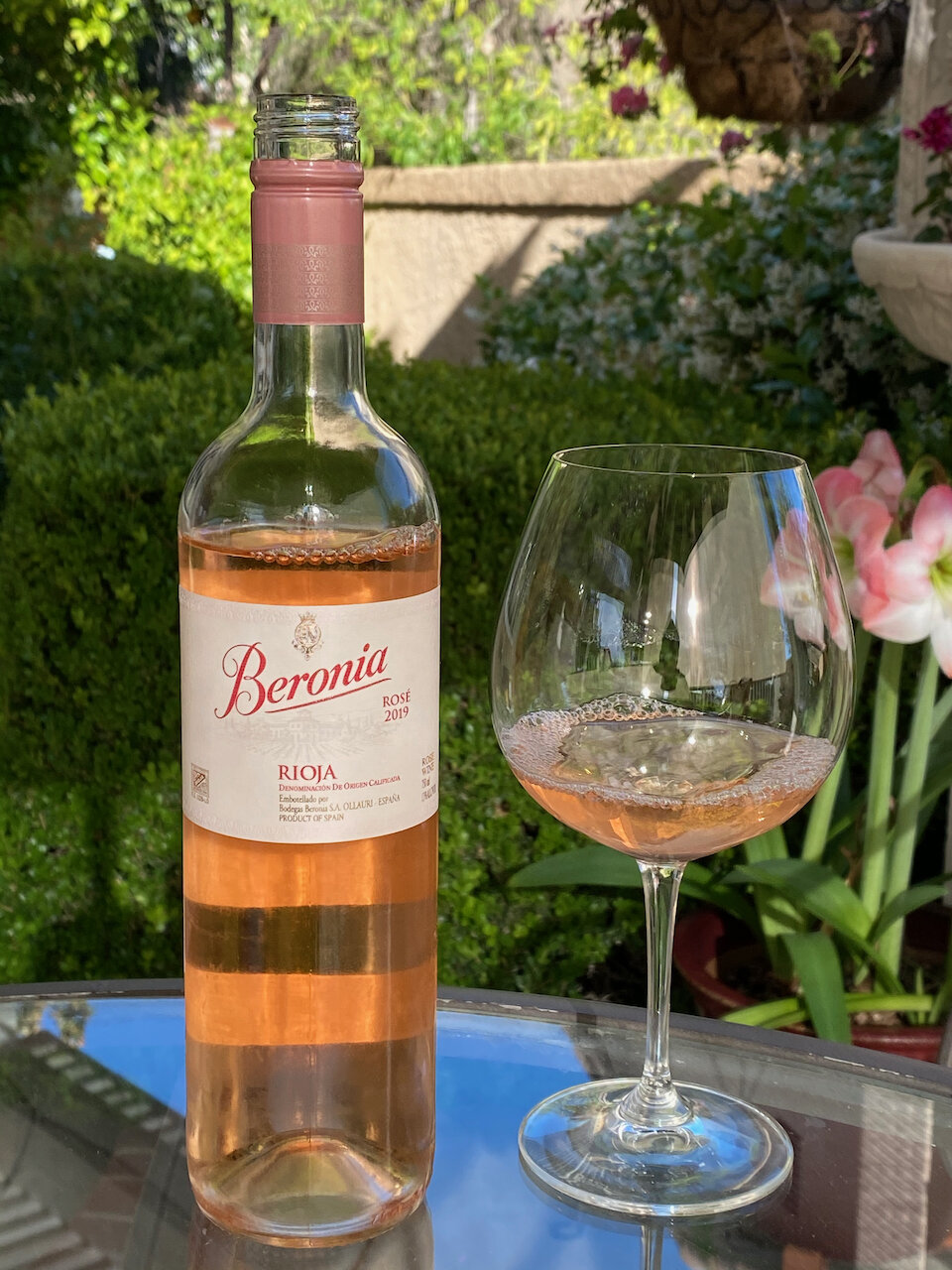When wines get described you’ll often hear terms such as soft, smooth, silky, plush, firm, sharp and round. These are common textures we are familiar with when touching something with our hands. But what do these textures mean in wine?
Simply put, a wine’s texture is how it feels in your mouth. This is called the wine’s mouthfeel.
Textures in red wines are most often directly related to tannins that come from chemical compounds released from a grape’s skins, seeds and stems as well as the oak barrels used to age the wine. The amount and type of tannin leads to varying levels of astringency in wine which is that dry-mouth feeling like drinking a very strong or bitter tea. Grapes such as Pinot Noir are known for producing lower-tannin wines that may be described as ‘silky.’ Merlot tends to have a more ‘plush’ mouthfeel while Cabernet Sauvignon can be described as having ‘firm’ or ‘grippy’ mouthfeels.
The level of acidity in a wine also affects its texture. A Sauvignon Blanc that is fermented and aged in stainless steel tanks will be described as having ‘sharp’ texture whereas a Chardonnay that is aged in oak will be described as having a ‘round’ mouthfeel. Red wines may go through Malolactic conversion that changes the more harsh Malic acid into Lactic acid (the acid in milk) to give the wines a more ‘smooth’ or ‘silky’ texture.
Finally, other factors such as allowing a wine to remain in contact with its dead yeast, or lees, during aging, affects mouthfeel. Those residual yeast particles can create a ‘creamy’ and ‘rounded’ mouthfeel when stirred into the wine during the aging process.
So, there you go. A wine’s texture is all about mouthfeel. Next time you sip a wine, let is swish around in your mouth before swallowing it. Then, focus on how you mouth feels. That’s the texture of the wine!



